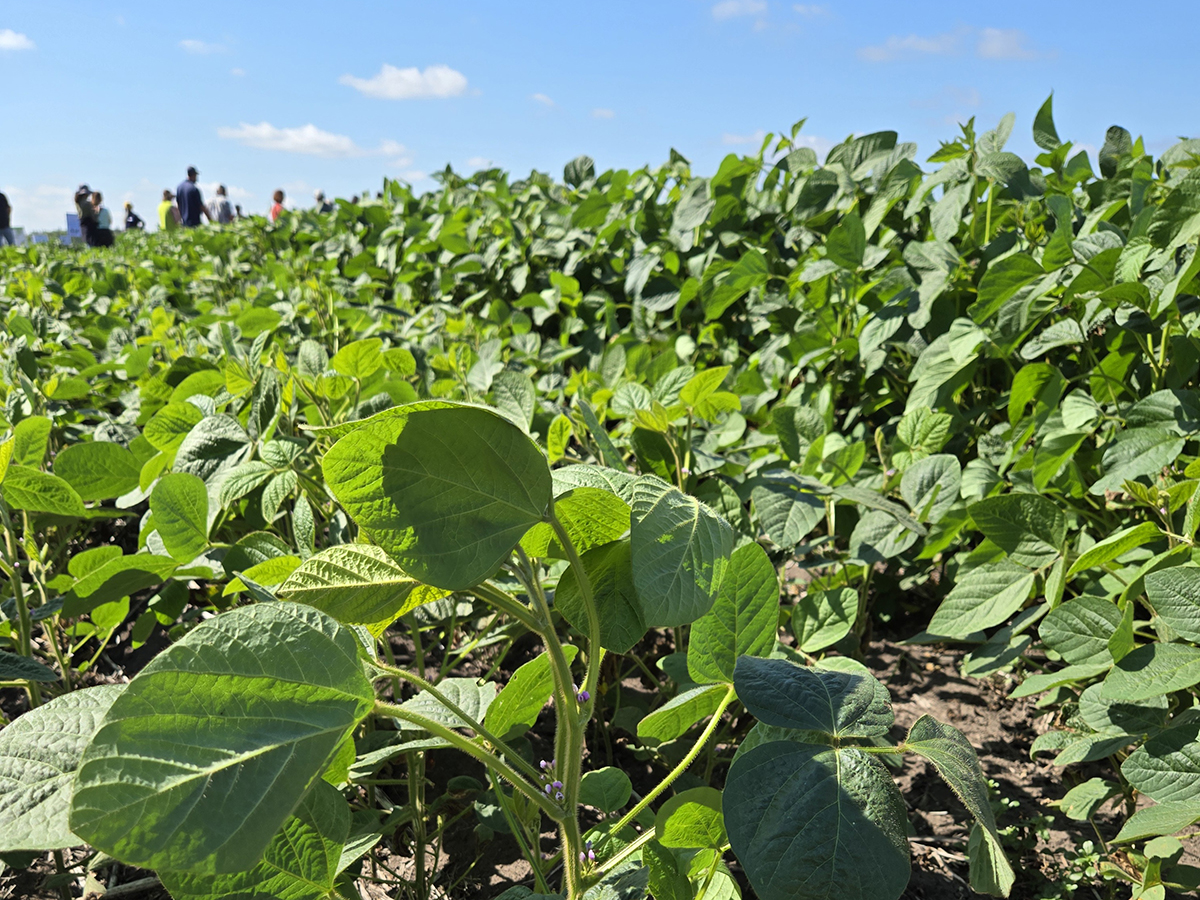RED DEER, Alta. – The days of farmers being told to turn their fields into tractor-style Indy 500s to get the best results from granular herbicides may be numbered.
Farmers have had it drummed into them for the past 20 years that granular herbicides must be incorporated seven to 10 centimetres deep in the soil at least twice, sometimes three times, at up to 10 kilometres per hour, in order for the product to work.
That often caused loose seedbeds and exposed the soil to wind and water erosion, and moisture loss.
Read Also

Spider mites big soybean problem this season
Spider mite issues have been geographically limited but significant where they occur, said John Gavloski, an entomologist with Manitoba Agriculture.
But Ken Kirkland, weed researcher at Agriculture Canada’s experimental farm in Scott, Sask., said research in North Dakota 16 years ago on surface-applied Avadex started researchers on the path toward testing the incorporation commandment.
“Fall-applied granular herbicides definitely provide commercially effective weed control,” said Kirkland.
No difference found
He started his work in 1989, at the same time the direct seeding movement was starting to catch the attention of mainstream farmers.
During the last three or four years, Kirkland said his research has found no difference in weed control between incorporating and surface applying herbicides like Edge, Treflan and Avadex.
Until now, farmers who rely on low-tillage techniques have often been unable use several effective granular herbicides in efforts to limit tillage.
But Kirkland told farmers at separate farm conservation workshops in Red Deer, Alta., and Regina during the last two weeks, that direct seeding seems to be the key to the success of surface-applied granular herbicides.
“The longer you’re in direct seeding, the better this system is going to work,” he said.
That’s because the surface-applied herbicide, when it becomes active, tends to concentrate in the first centimetre of the soil, the same layer where weed seeds are concentrated in a direct seeding system.
“With direct seeding you’re not mixing the seeds,” Kirkland said, adding that activity, such as tilling, seems to stimulate germination of annual grassy weeds like wild oats and green foxtail.
As well as direct seeding, another factor in the success of surface-applied granular herbicides is the prairie’s northern climate.
“We have a stable winter environment,” he said.
From about mid-October most of the prairies has continuous cold, short day lengths with little ultraviolet light. And the herbicide is covered with snow by mid-November. All these conditions limit the loss of the herbicide’s active ingredient, he said.
When spring thaw comes, Kirkland said the granules dissolve and concentrate into the top layer of the soil.
Trials conducted by Kirkland from 1989-1991 showed yields in wheat and barley were actually higher when Treflan, Avadex and Fortress were surface-applied than when incorporated.
Canola differs
The results for canola showed a marginal disadvantage when these herbicides were surface applied, but Kirkland said the difference was likely due mainly to the farmer’s inexperience in direct seeding.
Kirkland also touched on other research done by DowElanco on the relative effectiveness of surface-applied granular herbicides when they are shallowly incorporated using a rotary or tyne harrow.
Their data, testing Treflan QR5 and Edge, showed that shallow incorporation marginally increased the percentage of weed species controlled.
“There’s really no difference if it’s scratched in with a harrow or laid on the surface.”
Kirkland also said while spring-applied granular herbicides have controlled weeds effectively, the result is variable and more risk. He estimated the loss in effectiveness of control is about eight percent for spring versus fall applications.














